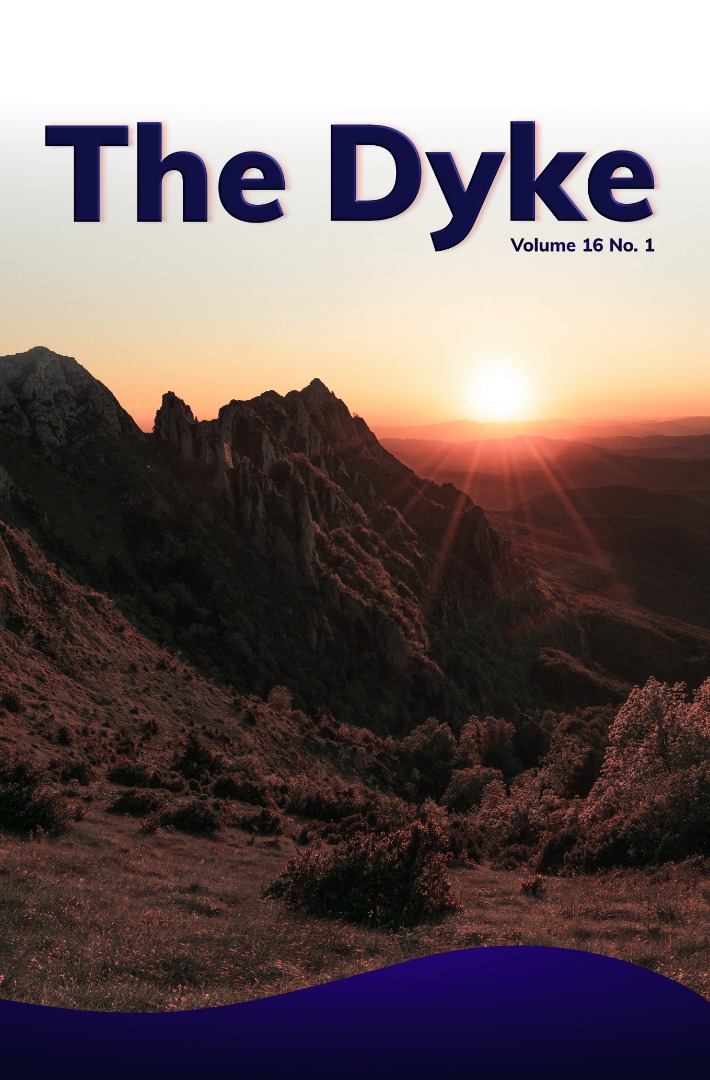Perceptions towards sustainable conservation and wildlife resources in protected areas: The Tuli Circle, Zimbabwe
DOI:
https://doi.org/10.64754/thedyke.v16i1.159Abstract
Tuli Safari Area or Tuli Circle has a spatial extension of 416 km2 set aside for sustainable wildlife conservation. The area is surrounded by Shashe, Dibilishaba, Machuchuta, Masera, and Maramani communal areas. There is evidence of illegal harvesting of wildlife resources by the local community from visual data collected by Zimparks officers on patrol in the field, hence the need to appraise the nature and cause. The research employed both quantitative and qualitative data collection methods. Triangulation of data collection tools was employed to ensure the reliability and validity of the results. Data collection tools, which encompass field observation, questionnaires, interviews, and focus group discussions were used to solicit data from informants. Judgmental and non-probability sampling technique was used to come up with the subjects of the study which includes Village Heads, Senior Village Heads, Headmen, and Councilors. A sample of 50 subjects was chosen on the basis of the researcher’s knowledge and judgment of the subjects as office bearers and the positions they hold in the community. Prevalence of domesticated animal encroachment, arson, human-wildlife conflicts, and illegal harvesting of wildlife and wildlife products by adjacent local communities is common in and around TC. High demand for grazing pastures and water resources for domesticated animals and people is the main cause of conflicts between wildlife, wildlife custodians, and adjacent communities. Law enforcement coupled with environmental awareness assists in the minimization of conflicts between humans and wildlife, poaching, and domestic animal encroachment.

Downloads
Published
How to Cite
Issue
Section
License
All articles in The Dyke are published under the Creative Commons Attribution 4.0 International License (CC BY 4.0).
Under this licence:
- Others may copy, redistribute, remix, transform, and build upon the work for any purpose, even commercially.
- Appropriate credit must be given to the original author(s) and source (The Dyke), along with a link to the license.
- Any changes made must be indicated.
Full licence details: https://creativecommons.org/licenses/by/4.0/
Archiving and Preservation
The Dyke supports long-term preservation of scholarly work through partnerships with digital repositories and indexing services, including Sabinet African Journals. Authors are also encouraged to deposit a copy of their published article in institutional or subject-specific repositories.




